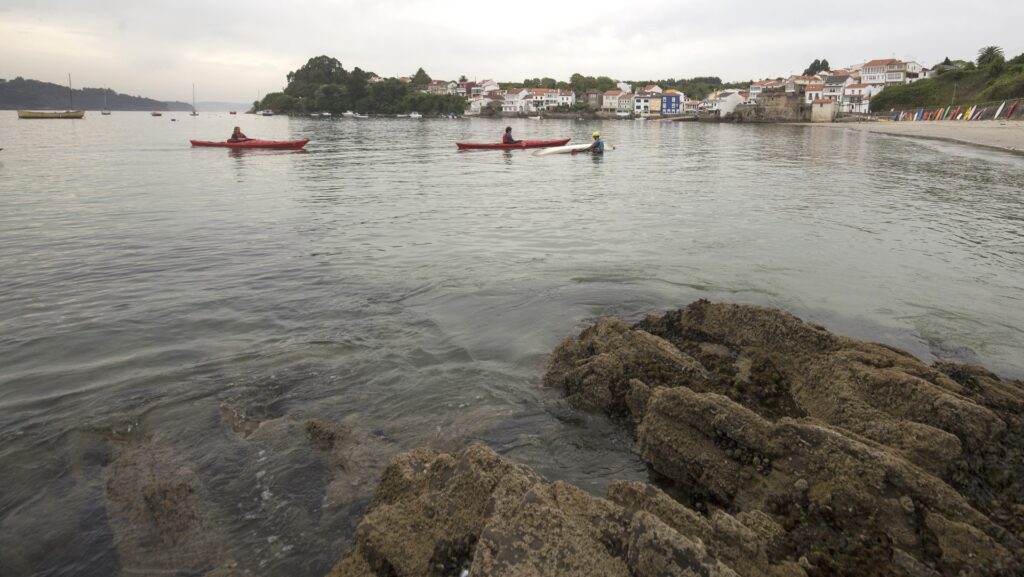Ares Coopera – The Colours of a Fishing Village

What influence do you think the sea has upon the image of this village?
Ares is the image of life dedicated to the sea. The reflection of the Indiana (Spanish-American) and maritime architecture on the calm waters of its estuary, tell the story of a territory deeply connected to the sea. Thanks to its privileged location as a natural port, Ares was an ideal town for fishing. Hence, the whole environment gradually adapted to this practice, which in addition to providing its people with a way of life, also gave them their own identity.
An example of this is the fishing village of Redes, just a few kilometres from Ares’ town centre, and named after the traditional fishing gear that characterises the image of its coast. This place is differentiated by its peculiar maritime architecture.
The houses in this area are very colourful and portray the maritime history of emigration. You’ll see two-storey buildings with a balcony on the main façade, used in the past to hang fishing nets to drain. These extremely well-preserved buildings highlight the importance of protecting and looking after the architectural heritage so as to improve the quality of life and tourism resources.
On its beach, Area Morta, we can see tall wooden posts joined together by a cross piece. These are called “cabrias” or winches, and were used to hang-up fishing nets to dry. Every summer, for several years now, a festival is held in honour of these structures which once again, become the stars of the beach.
Ares has all the necessary resources to practice fishing, maritime sports and nautical activities. To continue enjoying these unique characteristics, it is essential to respect, preserve and protect the territory so its people can continue to enjoy these unique characteristics both today, and in the future
Did you know that…
…in the olden days, the fishermen unloaded their catch fish by fish? Sometimes they arrived with up to 8,000 kilos of sardines caught using the traditional xeito style of fishing, where several people would retrieve the fish from the special net, one by one. This was very laborious, and impossible to unload on land, since there was no space available, and they risked losing their catch. However, this changed in the mid-1920’s, when the ramps that characterize this coast were built, allowing the fishermen to dock and unload their catches more easily.
Discover the sea
The Ares coast is full of very diverse, spectacular, sandy beaches. Some are urban or semi-urban beaches, such as Ares, O Chanteiro, O Raso, Seselle and Area Morta. Others however, are small virgin coves, such as Estacas, A Barrosa, Centeás and Sabadelle. Would you like to explore them?
